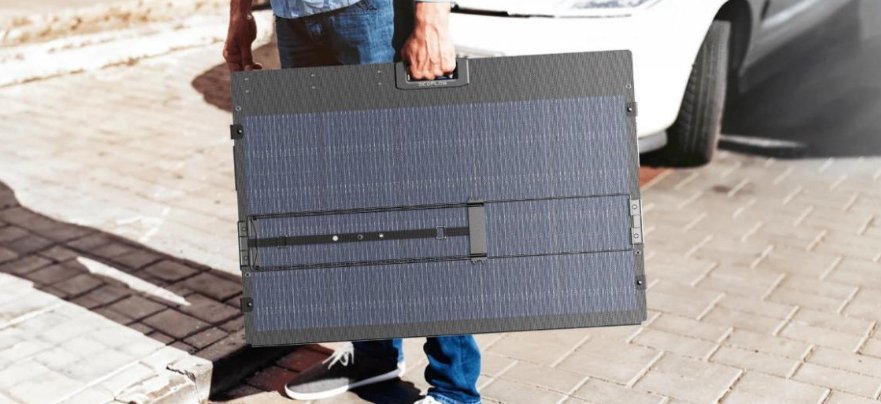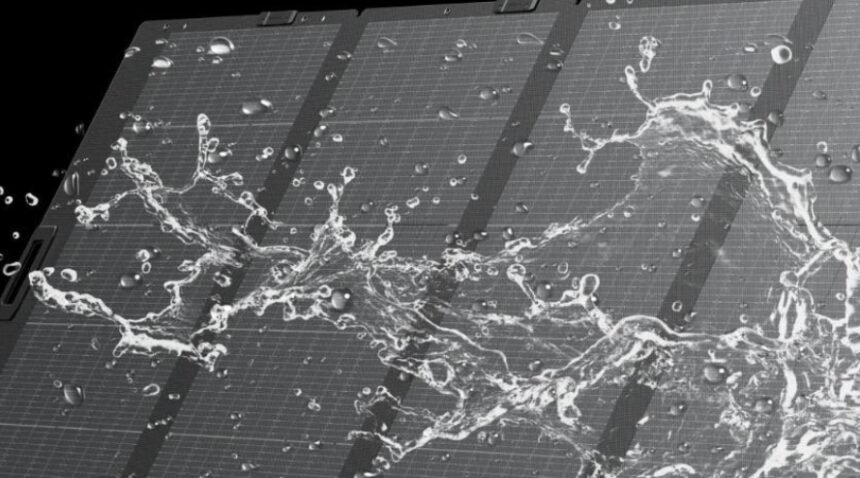The significant initial investment in solar leads many homeowners to seek affordable used panels. While the lower cost makes solar power accessible, it’s vital to assess whether a used panel is a smart bargain or a potential liability. This article will objectively examine the pros and cons, providing a clear framework to ensure your transition to clean energy is both economically sound and technically reliable.
The Potential Benefits of Buying Used Solar Panels
Significant Cost Savings Compared to New Panels
The most compelling advantage of used solar panels is the substantial reduction in upfront cost, often ranging from 40% to 70% less than the price of new equivalents. This lower financial barrier allows homeowners to install a larger system or allocate savings toward other essential components like high-quality inverters or battery storage. For DIY enthusiasts or those with smaller budgets, these panels can make a solar project feasible where it might otherwise have been out of reach. The used market also includes panels from decommissioned commercial installations, which can sometimes offer robust performance at a fraction of the original cost. This cost-effectiveness is the primary driver for considering pre-owned equipment.
Environmental Advantages of Reusing Existing Equipment
Choosing used panels extends the useful life of existing manufacturing resources, reducing the demand for new raw materials and the energy required to produce new units. This approach aligns with the core principles of sustainability by minimizing electronic waste and promoting a circular economy for renewable energy technology. Since the manufacturing process for new panels has an environmental footprint, reusing functional panels can lower the overall carbon footprint of your solar installation. It represents a form of recycling that maximizes the value of the energy already invested in creating the panels. For environmentally conscious consumers, this can be a significant factor in the decision-making process.

The Risks and Challenges You Must Consider
Understanding Degradation and Remaining Lifespan
All solar panels experience gradual degradation, typically losing about 0.5% to 1% of their output capacity each year, which means a ten-year-old panel will likely produce 10-20% less power than when it was new. It can be difficult to verify the exact age and usage history of a used panel, making it challenging to accurately predict its remaining productive lifespan and overall value. Physical signs of aging, such as micro-cracks or discoloration, may not be immediately visible but can significantly impact long-term performance and safety. Potential buyers must carefully assess whether the discounted price truly compensates for the reduced output and shorter remaining service life. This uncertainty represents one of the biggest risks in the secondhand market.
Lack of Warranty and Potential for Hidden Damage
Most used solar panels are sold “as-is,” meaning they no longer carry the original manufacturer’s warranty that would cover defects or premature failure. Without warranty protection, you assume full financial responsibility for any issues that arise after purchase, turning potential savings into a liability if the panel underperforms or fails. Hidden damage from improper handling, transportation, or installation can compromise the panel’s integrity and may not be detectable without specialized equipment. The absence of technical support or recourse from the seller adds another layer of risk for the buyer.
Key Questions to Ask Before You Buy Used
Before committing to a purchase, you should ask the seller for the panel’s original purchase date and any available documentation regarding its installation and usage history. Requesting the manufacturer’s datasheet will allow you to verify the original specifications, including the rated wattage, efficiency, and temperature coefficient, which are essential for performance comparisons. If possible, ask to see the panels operating under sunlight with a multimeter to confirm they are generating close to their expected voltage and current output. Inquire about the reason for selling, as panels from a roof replacement due to shading might be in better condition than those from a system failure.
Conclusion
The decision to purchase used solar panels ultimately comes down to a personal trade-off between immediate cost savings and long-term reliability and peace of mind. For experienced buyers with the ability to thoroughly test equipment and accept the risks, the used market can offer genuine value. However, for most homeowners seeking a hassle-free and guaranteed energy solution, purchasing new panels from a reputable manufacturer provides undeniable advantages in performance, warranty coverage, and technical support. Ultimately, buying a reliable new product like EcoFlow’s solar panel ensures advanced technology, full warranty protection, and the confidence that your system will perform as expected for years to come. This security often outweighs the initial savings, making new panels the more prudent choice for a long-term investment in your home’s energy future.







